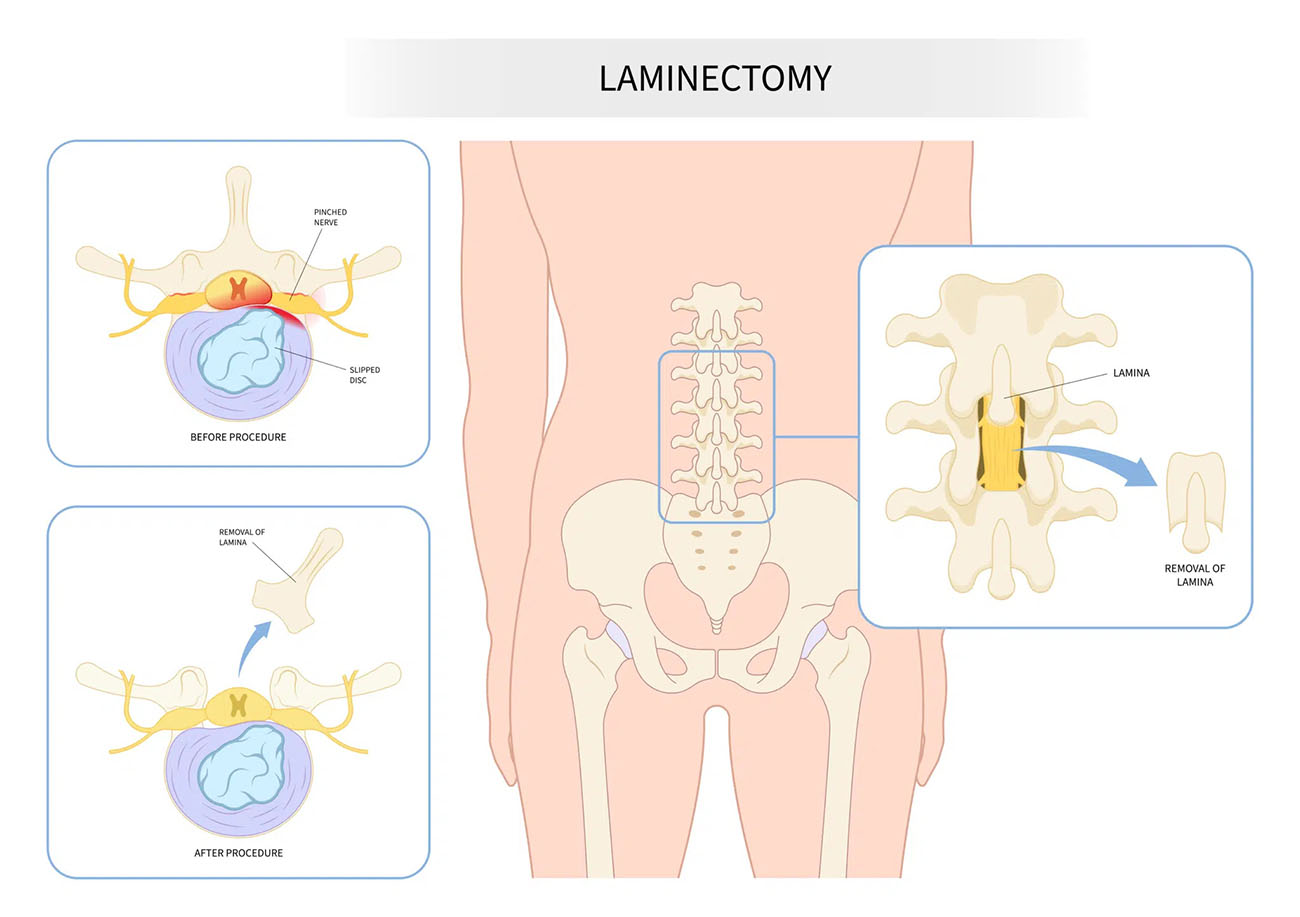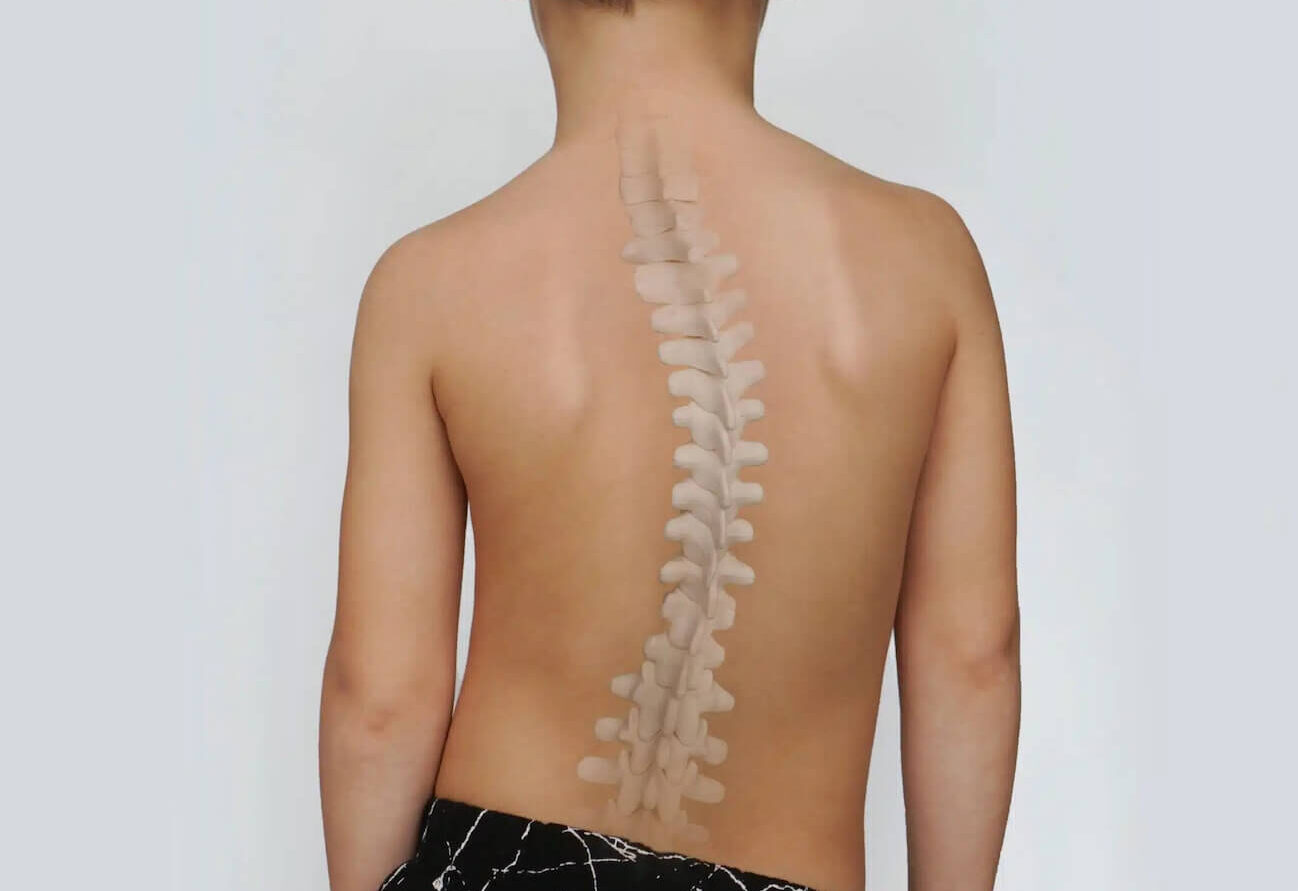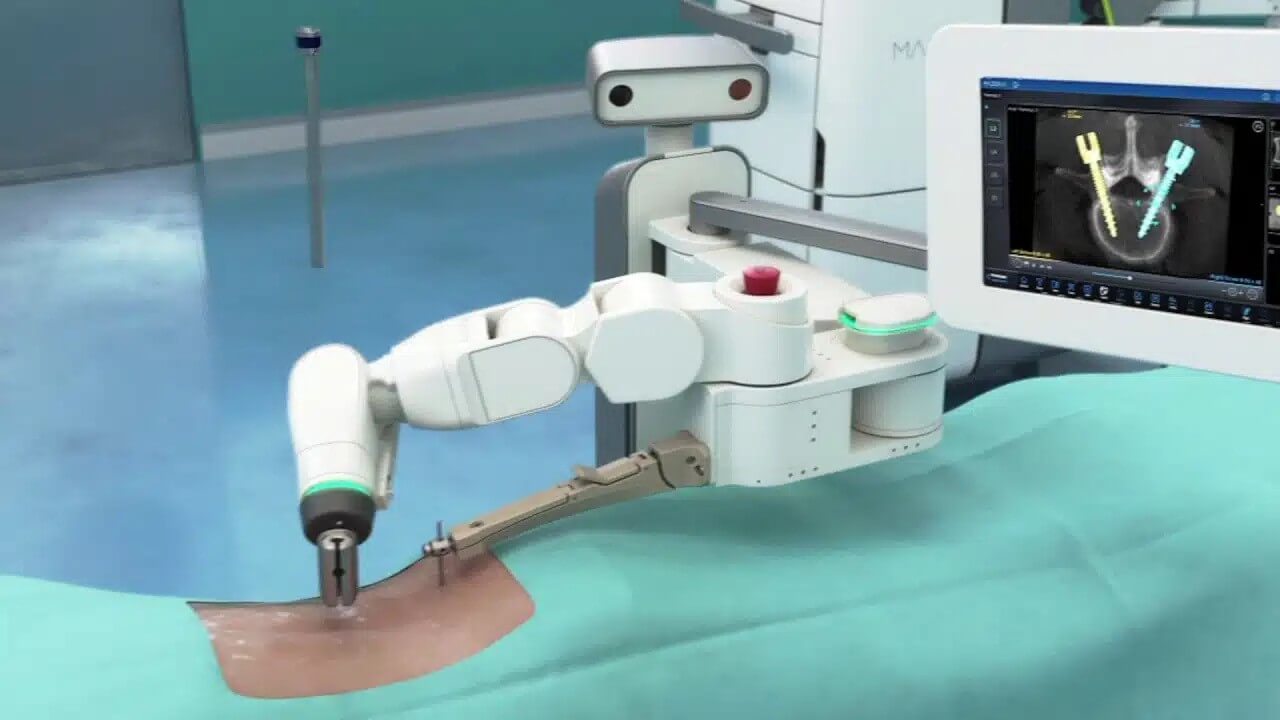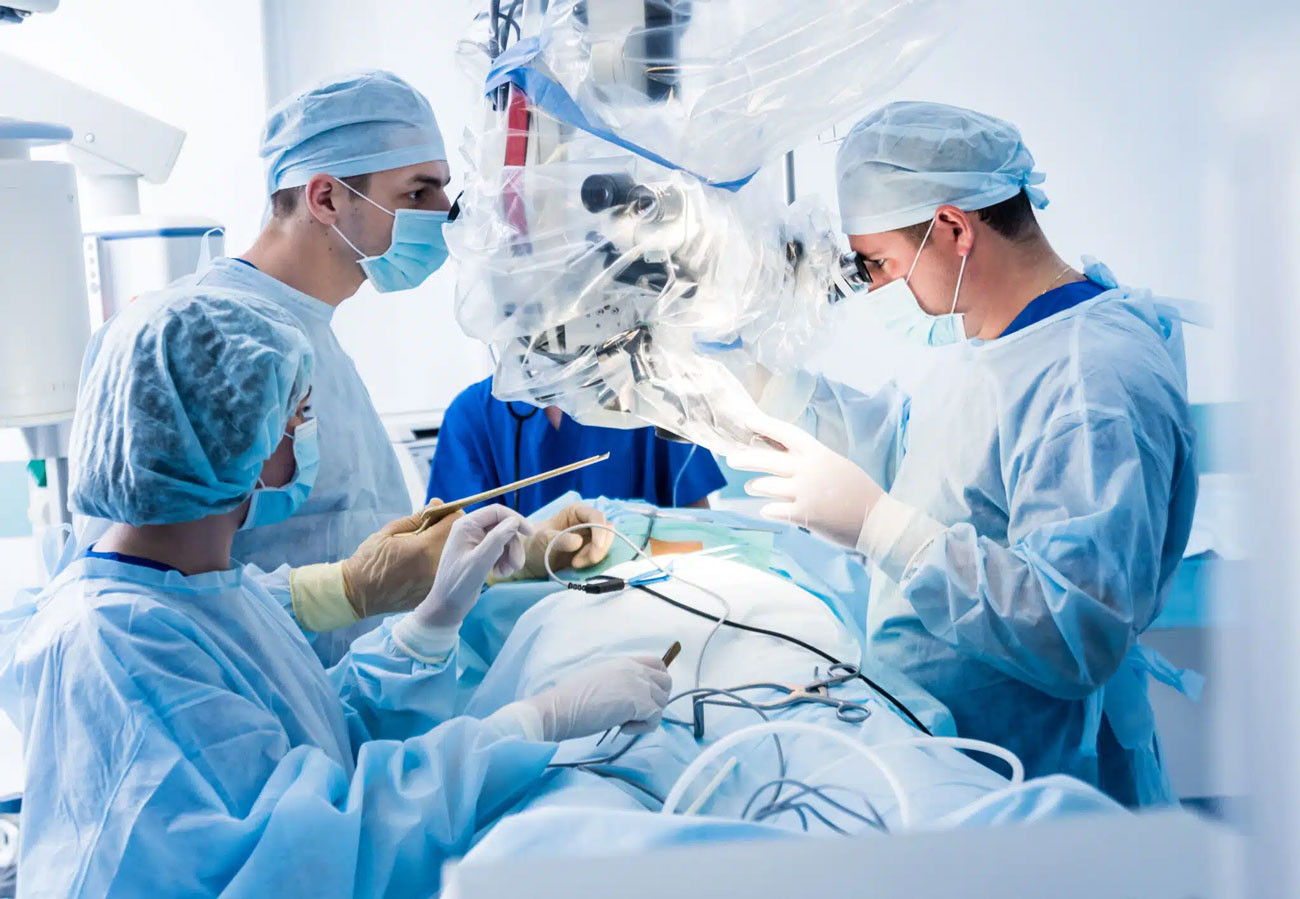- About Us
- Procedures
- Conditions Treated
- Patient Resources
- Blog
- Contact Us

A laminectomy is a type of spine surgery that involves surgical removal of a segment of bone called the lamina. The lamina is the arch that forms the roof of the spinal canal. Removing this roof creates space and can relieve pressure on the spinal cord or nerve roots. This procedure is often done to treat conditions such as spinal stenosis, or provide access to herniated discs and tumors of the spinal cord.
The spine is made up of a series of stacked bones linked in a chain. Each segment is called a vertebrae. A major function of these bones is to convey the spinal cord through a protective tunnel called the spinal canal. The lamina forms the roof of this tunnel. Shaped a bit like a large wishbone, it is the part of the vertebra that sits above the spinal cord and nerve roots. Lamina stack together in a similar manner to a row of roof tiles. It is sometimes necessary to remove the lamina to decompress the spinal cord and nerve roots, or to create a corridor to access deeper structures. This procedure is called a laminectomy.

A laminectomy directly treats narrowing of the spinal canal (also known as spinal stenosis), or may be an initial step of a multi-step procedure. Surgery is typically a treatment of last resort in patients whose symptoms were not adequately controlled with measures such as physical therapy, medications, or epidural injections.
Some conditions in which laminectomy may be amenable include:
A laminectomy is typically done under general anesthesia and can be performed as an open surgery or minimally invasive surgery.
During an open laminectomy, the surgeon will make an incision in the back, and then use specialized instruments to remove the portion of the lamina that is pressing on the spinal cord or nerve roots. In some cases, the surgeon may also remove any surrounding tissue, such as a herniated disc, that is putting pressure on the spinal cord or nerve roots. The incision is then closed with sutures or staples.
Minimally invasive (abbreviated MIS) laminectomy describes a collection of techniques which seek to minimize tissue damage above the site of the laminectomy. The term is not well-defined, and may refer to using smaller-than-normal retractors (“mini-open”), tubular muscle dilators together with microscope (“tubular MIS”), or endoscopic approaches which use a small camera on the end of a long tube. Each technique has unique advantages and disadvantages that should be discussed with your surgeon.
Recovery time after a laminectomy can vary depending on the extent of the surgery and the patient’s overall health.
In many cases, patients can be discharged home the day of surgery. Other patients may expect to spend several days in the hospital after the surgery. Physical therapy is often recommended to help the patient regain strength and mobility, and the patient will be encouraged to get up and move around as soon as possible to prevent blood clots and improve circulation.
After being discharged from the hospital, patients can expect to take several weeks to several months to fully recover. Most patients are able to return to their normal activities within a few weeks after surgery.
As with any surgical procedure, a laminectomy carries certain risks that should be considered. Some of these include:
Recovery time after a laminectomy can vary depending on the extent of the surgery and the patient’s overall health.
In many cases, patients can be discharged home the day of surgery. Other patients may expect to spend several days in the hospital after the surgery. Physical therapy is often recommended to help the patient regain strength and mobility, and the patient will be encouraged to get up and move around as soon as possible to prevent blood clots and improve circulation.
After being discharged from the hospital, patients can expect to take several weeks to several months to fully recover. Most patients are able to return to their normal activities within a few weeks after surgery.
The decision to undergo a laminectomy is typically made on a case-by-case basis after a thorough evaluation of the patient’s symptoms, diagnostic test results, and overall health.
Here are some factors that may be taken into consideration when determining if a laminectomy is the right treatment option for you:
It’s important to have a thorough discussion with your surgeon about all the potential options, their risks and benefits, as well as the recovery time and outcomes. This will help you make an informed decision about the best course of treatment for you.





